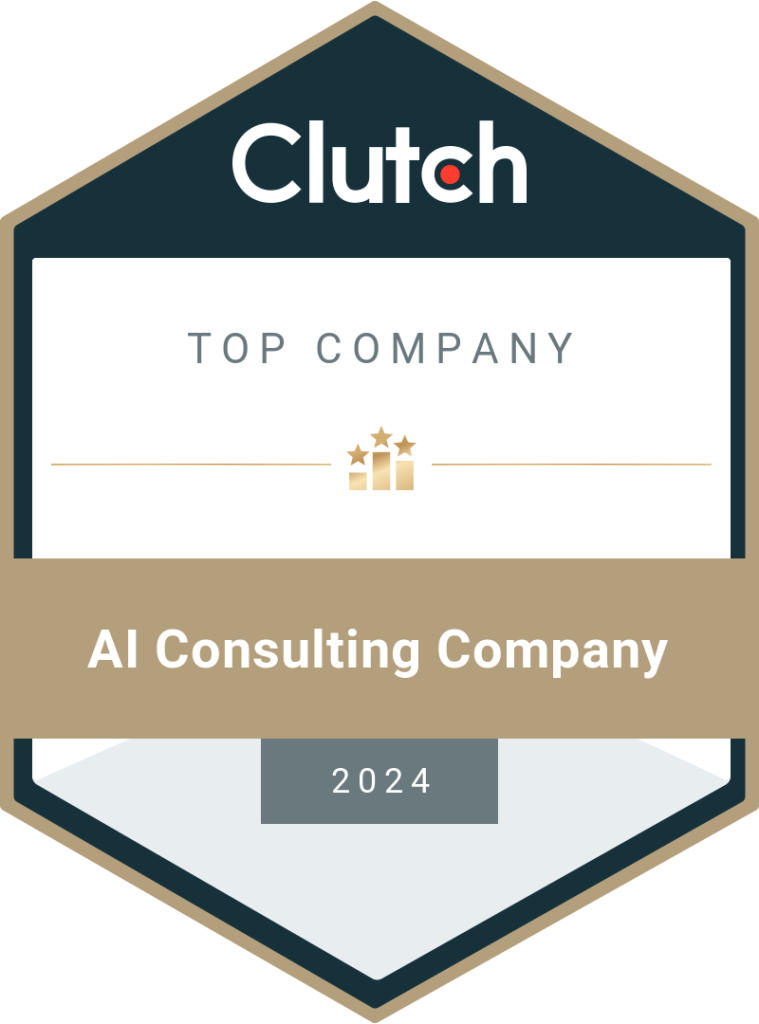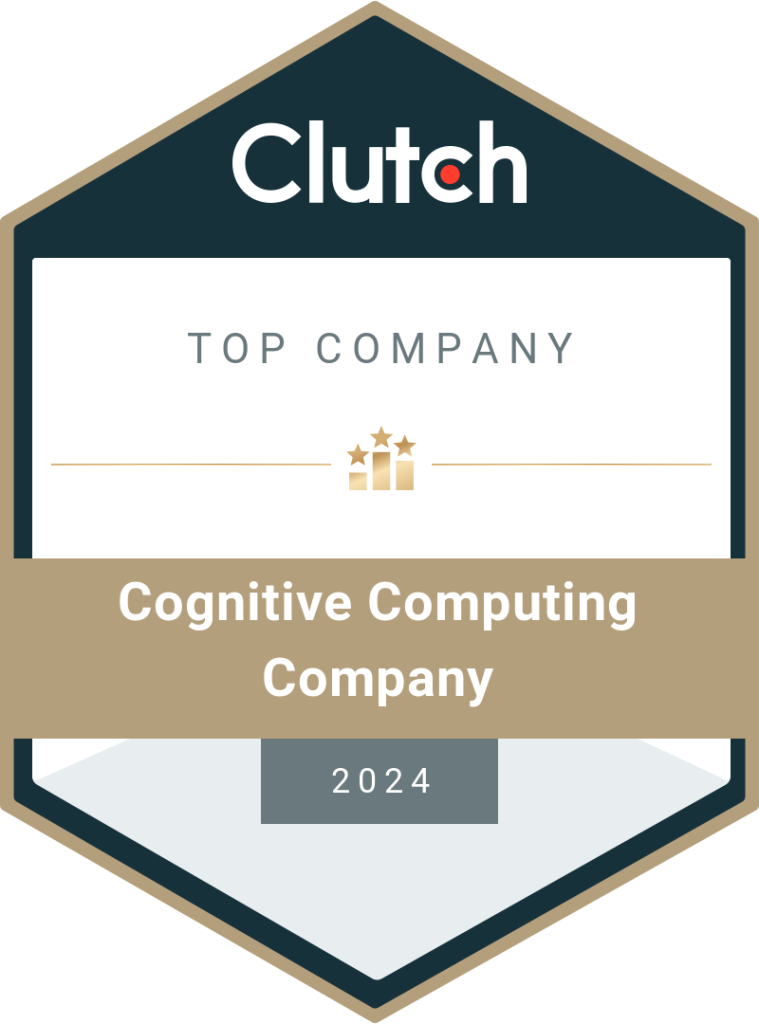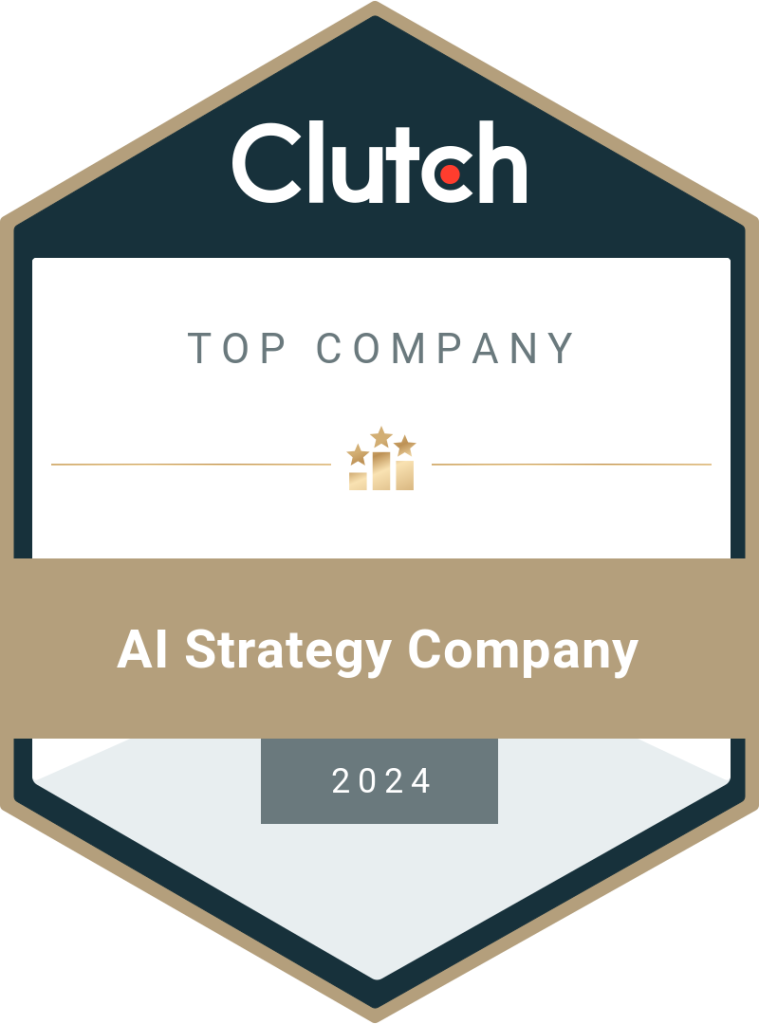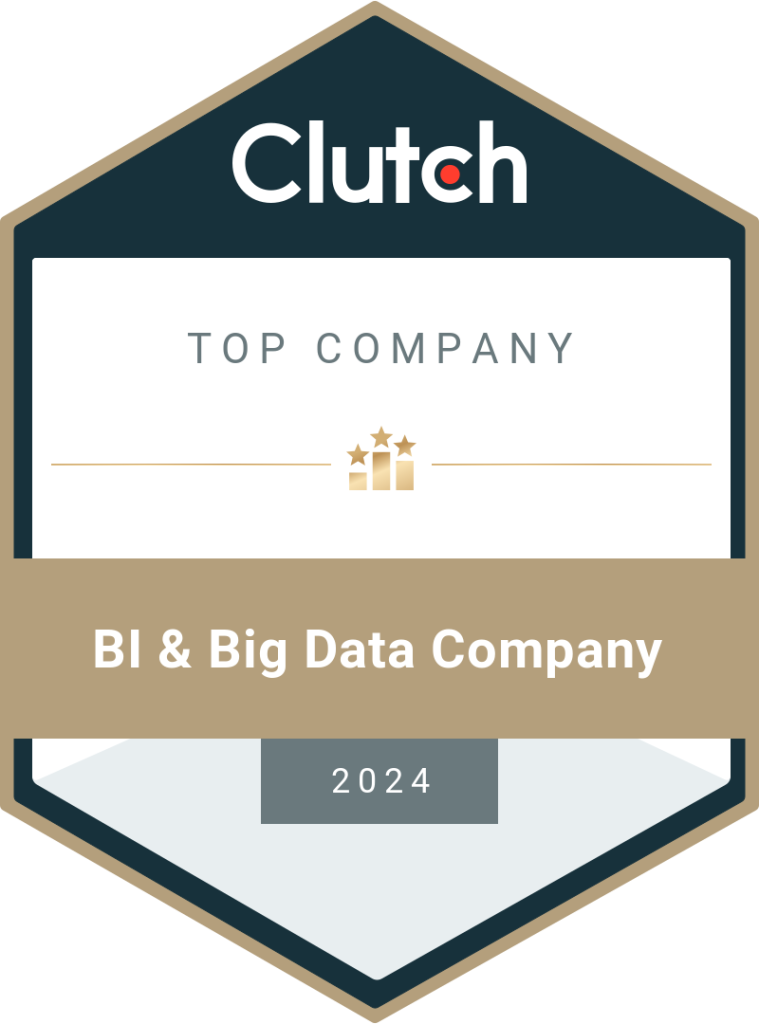Inhouse vs Outsourced RCM Analytics – The Ideal Choice in Healthcare?
Revenue cycle management (RCM) is managing patient data, claims, and payments from start to finish. Here, we’ll discuss the role of RCM analytics in healthcare and determine the differences between in-house and outsourced analytics services. The healthcare industry deals with many administrative and financial tasks. From patient applications to transactions with insurance companies, the processes can be complex and time-consuming. This is one of the reasons why billing takes so much time in hospitals, causing more delays and frustration for the administrators and patients. Fortunately, RCM provides an effective solution for this. To improve things, RCM analytics identifies the root cause of delays and helps streamline the entire process. But what is RCM? What does RCM stand for? RCM is Revenue Cycle Management, the process of identifying, collecting, and managing payments from patients of the healthcare center. It is necessary for patient management and financial management. The RCM market is expected to grow at a CAGR of 12.2% between 2025 and 2032 to reach $342.6 billion by 2032. Revenue cycle management (RCM) software streamlines and automates revenue cycle management. So, what is RCM software, and how does it work? RCM software is similar to medical billing software that tracks the patient’s case from initial registration to discharge. It is used to calculate the final payment, insurance payouts, etc. It also maintains a proper record of each patient with ID. However, healthcare establishments face many problems in medical billing and RCM. RCM analytics provides a reliable solution for these issues. But should a hospital opt for in-house billing or outsource the task? Let’s find answers to these questions and more! RCM Challenges in Healthcare Before we explore the differences between how in-house RCM and outsourced analytics work, let’s first understand the challenges of healthcare RCM analytics. Human Error The hospital staff is often overworked and stressed due to the extensive responsibilities they handle. By asking them to manually manage patient registrations and payments, there’s a high risk of human error or a wrong entry. Complex Process The roles and responsibilities of front-end and back-end employees are different. RCM has to effectively bridge the gap to minimize confusion, incorrect information, delays, etc. The process is just too complex and stressful without using the latest technology. Missing and Outdated Data With the administration fragmented into individual departments, there’s a risk of patient data missing from files. For example, if someone forgets to mention the information about the patient’s insurance in a report, it could lead to a series of confusion and miscommunication. RCM data management through modern data warehousing services can solve this problem. Changing Regulations The regulations in the healthcare and insurance industries can change, resulting in confusion among patients and administrative departments. It could be something as simple as a hospital not having a tie-up with a certain insurer, leading to more paperwork and exploring alternate options. Patient Volume Hospitals are among the busiest places on earth. Unfortunately, this puts excessive pressure on the staff to work around the clock. The high patient volume directly translates to tons of paperwork, reports, and bills. Using RCM software and data analytics helps handle this high volume. Fraud Detection The hospital staff also has to deal with fraudulent transactions and wrong insurance claims. Manually investigating each claim is exhausting. What if they can detect and predict such activities proactively? RCM analysis can be used for fraud detection to identify potential frauds in the early stages. In-house vs. Outsourced RCM Analytics in Healthcare: Which One to Choose RCM analytics can help healthcare businesses overcome various challenges they face in managing patient data and claims. But should they develop an in-house RCM analytics model or outsource RCM analytics to a third-party service provider? Which method is more effective? In-House RCM Let’s first check out what in-house RCM analytics in healthcare and medical billing actually are. In-house RCM is also called medical billing. The entire setup is managed by the hospital staff with little or no input from service providers. The service provider might build the RCM analytics model and hand over the responsibility to the hospital staff. This gives the business more control over the process but also increases workload. Advantages of In-house RCM Disadvantages of In-house RCM Outsourced RCM Analytics Outsourced RCM analytics are offered by third-party companies that handle all the responsibilities of setting up the analytical model, creating integrations between different systems within the establishment, and managing the central repository with patients’ details. What is outsourced RCM analysis in healthcare and medical billing? It is an interconnected approach to setting up a comprehensive and robust management system on a cloud platform to streamline and automate financial management in the healthcare center. A single interface or platform like the Power BI dashboard can be used by various departments like the front desk, billing, clinical, etc., to access patient data and update the records in real-time. It is a collaborative model aimed at boosting overall efficiency, performance, and revenue for the business. Advantages of Outsourced RCM Analytics Disadvantages of Outsourced RCM Analytics What are the 12 Steps of RCM? Data analytics companies offer nearshore and offshore RCM analytics services in the healthcare industry. They set up RCM analytics to streamline the twelve steps of revenue cycle management, manage patient data, track claims, and increase ROI. They start by identifying the KPIs to measure and improve the establishment’s financial health. What is a KPI in RCM? KPI stands for Key Performance Indicator, a metric used to measure if the RCM cycle is aligned with the hospital’s vision and objectives and is delivering the required results. The twelve steps of revenue cycle management in medical billing are as follows: Fortunately, hospitals can manage all these steps by investing in the latest revenue cycle management technology and partnering with analytics service providers to maintain the system. This reduces the pressure on hospital employees and enhances patient experience. It also maximizes efficiency and increases reimbursements by limiting denials. Conclusion Depending on the business’s mission, vision, and objectives, RCM
Read More





